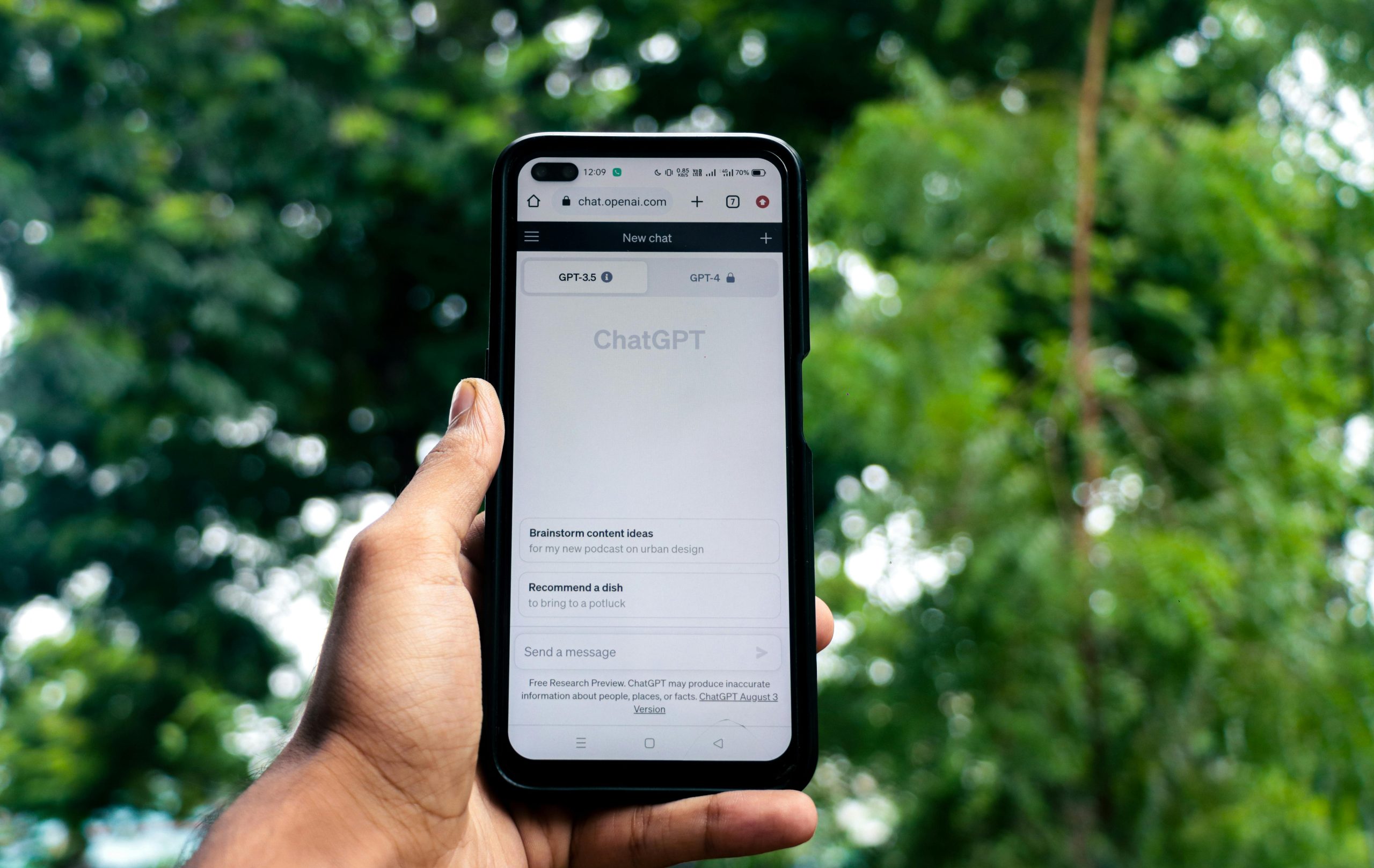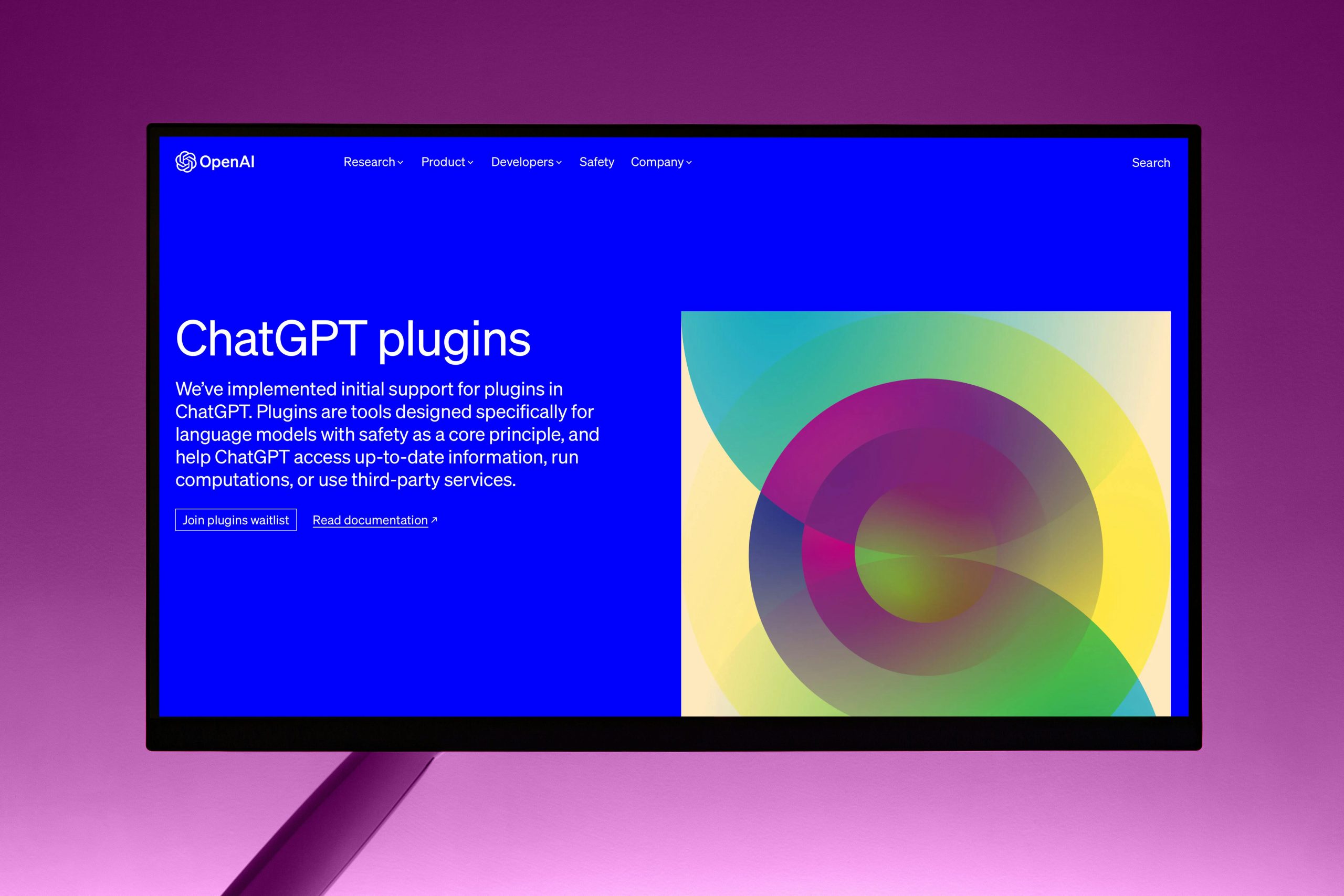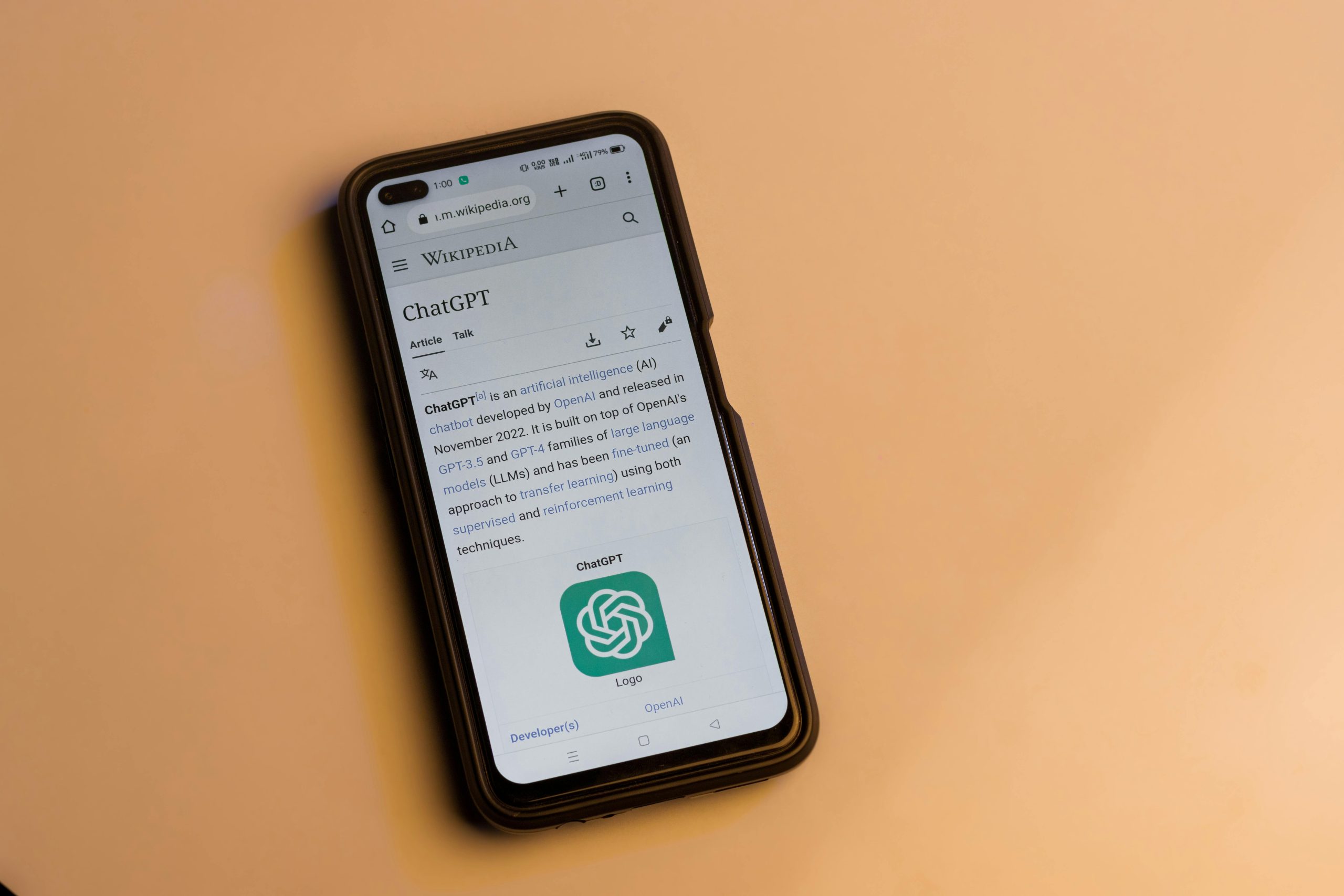Navigating the Digital Aftermath: User Remediation and Best Practices in the Wake of AI Exposure Incidents

The digital landscape is continually redefined by the very tools designed to advance it. A notable incident in the latter half of 2025, where a feature allowing ChatGPT conversations to be indexed by search engines inadvertently led to highly sensitive user data appearing in public search results, served as a stark reminder of the fragility of digital privacy. This event, which saw private exchanges surface via tools like Google Search Console, underscored a critical divergence between user expectation and platform reality, forcing an immediate, sector-wide reckoning on data governance and user interface design. The subsequent scramble for users and organizations alike provided a vital, real-time case study in digital remediation and the imperative for establishing robust, future-proof security paradigms. As of November 2025, the industry is still adapting to the lessons learned from this and similar high-profile exposures.
Immediate Steps for Mitigating Personal Exposure
Following the debacle, users were urgently advised on a clear, multi-step protocol to reclaim control over their published data. The first and most vital action involved auditing one’s own activity. Users were directed to their account settings, specifically within the data control or shared links management sections, to view a complete registry of every conversation they had previously designated as public. The immediate next step was the manual deletion of any unintentional public links from this dashboard, severing the connection from the developer’s servers, even if the content still temporarily resided on third-party indexes.
Leveraging Search Engine Tools for Rapid Removal
Recognizing the caching issue, guidance extended beyond the platform’s own dashboard to tools provided by the search engines themselves. Users were encouraged to utilize services like the “Remove Outdated Content Tool” offered by the search provider that had indexed the data. While this did not guarantee immediate success or remove the content from all other search services, it represented the fastest available method to signal to the primary indexing authorities that the material was no longer intended to be publicly served, helping to accelerate the digital erasure of the sensitive exchanges. In 2025, it is understood that this tool specifically targets cached versions of third-party pages that have since been altered or removed from the live web, requesting a permanent update to Google’s index, a process that can take days to weeks to fully propagate. It is crucial to note that this mechanism only requests an update to the search result snippet; it does not remove the original page from the web itself. For urgent, sensitive removals that are still live, the broader Legal Request Tool often remains a necessary, albeit slower, alternative.
The scale of indexing from such an event revealed the depth of exposure, with investigations confirming that thousands of unique conversations—spanning mental health queries, proprietary business strategies, and more—were discoverable. Proactive searching, such as utilizing commands like , became a temporary necessity for individuals to discover and attempt to mitigate further lingering links within the index.
Establishing New Paradigms: The Future of AI Data Governance
The 2025 incidents cemented that reactive clean-up is insufficient; the future demands proactive, systemic change in how AI services are architected and governed. This event, alongside a surge in overall AI-related data security incidents—which reportedly doubled in early 2025—has forced a major pivot across the technology sector. The conversation has definitively shifted from viewing privacy as an add-on to embedding it as the foundational architecture, a principle known as “privacy by design”.
Rethinking User Experience for Privacy-Critical Applications
The events of this period served as an undeniable catalyst for a re-evaluation of user interface design in the realm of artificial intelligence. Future development must move beyond relying on subtle textual cues for crucial privacy decisions. The consensus emerging from industry commentators is that any feature that transforms a private interaction into a publicly discoverable resource must employ an aggressive, non-ambiguous opt-in design, perhaps requiring multi-factor authentication or explicit, full-page consent, rather than a simple checkbox. The burden of ensuring privacy must reside with the system’s default settings, not the user’s constant vigilance.
This design shift is being formalized in industry standards. As of 2025, leading organizations are moving towards governance frameworks inspired by bodies like NIST, ensuring that for any feature touching user data, a governance charter is established *before* deployment. For consumer-facing AI, this translates to all sharing and discoverability features defaulting to the strictest privacy setting, with a high-friction, high-transparency pathway required to ever relax those controls. The goal is to eliminate the possibility of an “accidental share” by design, recognizing that human error remains the weakest link in data security, with insiders driving a significant share of data loss incidents in 2024.
The Imperative for Enterprise AI Security Protocols
For organizations, the incident cemented the need for formalized protocols regarding the use of general-purpose AI services. The potential for sensitive data exposure necessitates a mandatory review of acceptable use policies, potentially leading to the adoption of stricter internal governance or an increased investment in proprietary, locally hosted language models where data sovereignty is absolute. The ability to audit which URLs are being sourced by AI tools, potentially through analysis of server access logs, is becoming a critical component of modern digital security infrastructure, moving beyond traditional web analytics to encompass the opaque world of AI-driven discovery.
Enterprise data governance in 2025 is centered on a unified framework with key pillars: Charter, Classify, Control, Monitor, and Improve. Classification is now paramount; metadata must label sensitive data *before* it enters any AI workflow to trigger automated controls. Furthermore, with the average cost of a data breach hitting an all-time high globally, and 71% of organizations regularly using generative AI in at least one business function, the risk-reward calculation has skewed towards stringent control. Many corporations have responded by enforcing bans or heavily restricting public AI tools, with some reports indicating that 27% of organizations either banned or were considering bans on generative AI on work devices as of mid-2025. This trend fuels the adoption of enterprise-grade APIs with zero data retention agreements or the deployment of solutions that offer real-time Data Loss Prevention (DLP) monitoring specifically for GenAI interactions.
Lessons in Transparency: Rebuilding the Foundation of Trust
The long-term viability of any conversational AI platform hinges entirely on user trust, a commodity that is exceptionally hard to build and dangerously easy to lose. The speed and scope of the 2025 indexing event immediately eroded this trust across the user base.
The Need for Clear and Unambiguous Communication
A foundational lesson gleaned from the swift removal of the feature was the essential role of transparent communication in maintaining public confidence. The organization’s eventual admission that the feature introduced “too many opportunities for folks to accidentally share things they didn’t intend to” validated the concerns of the user community. Moving forward, the development and release of any feature that touches upon user data security must be accompanied by comprehensive, easily accessible documentation and clear, persistent in-app notifications that explicitly detail the potential reach and permanence of the user’s actions.
In the post-2025 environment, transparency is now legally and commercially mandated. Evolving global regulations, such as the final implementations of the EU AI Act and concurrent US state privacy laws enacted in early 2025, place a high premium on clear communication regarding data provenance and AI decision-making. For platform providers, this means moving beyond boilerplate privacy policies to providing granular, auditable logs and understandable documentation of data handling at every stage of the AI lifecycle. This is the new baseline for accountability.
The Long-Term Impact on User Behavior and Adoption
Ultimately, events like these have a lasting chilling effect on user behavior, creating a lasting hesitation before individuals choose to confide sensitive or personal matters to any artificial intelligence system. The brief period where private therapy sessions were indexed in public search results will likely inform how an entire generation interacts with conversational AI, forcing a fundamental recalibration of what users perceive as a “private” digital space. The ongoing evolution of the entire AI sector will now be viewed through the lens of this privacy failure, making security and transparent default settings the paramount considerations for any platform seeking sustained user adoption in the years to come.
This recalibration manifests in two key areas. First, a greater portion of the global workforce is now actively seeking out or requesting “privacy-preserving AI” solutions, such as those utilizing federated learning or differential privacy, to ensure sensitive input data is not absorbed by the model. Second, there is a growing segment of users and organizations who will permanently restrict their most sensitive data handling to on-premise or fully contained, locally hosted Large Language Models (LLMs), effectively creating data islands where sovereignty is absolute. The platforms that succeed in the highly competitive AI market of 2025 and beyond will be those that successfully institutionalize proactive data protection, transforming security from a reactive necessity into a competitive advantage that assures the user their digital confidence will not be misplaced again.










